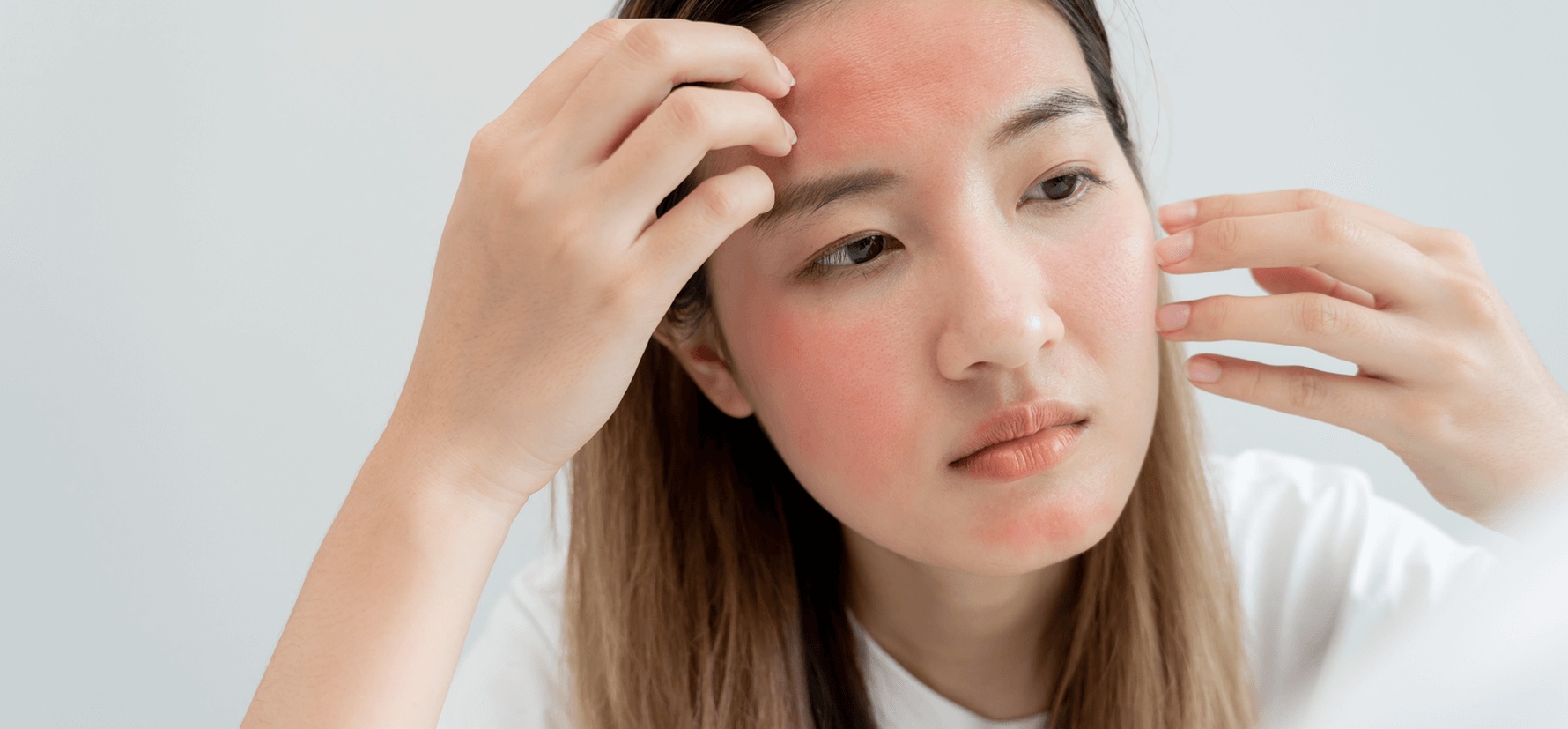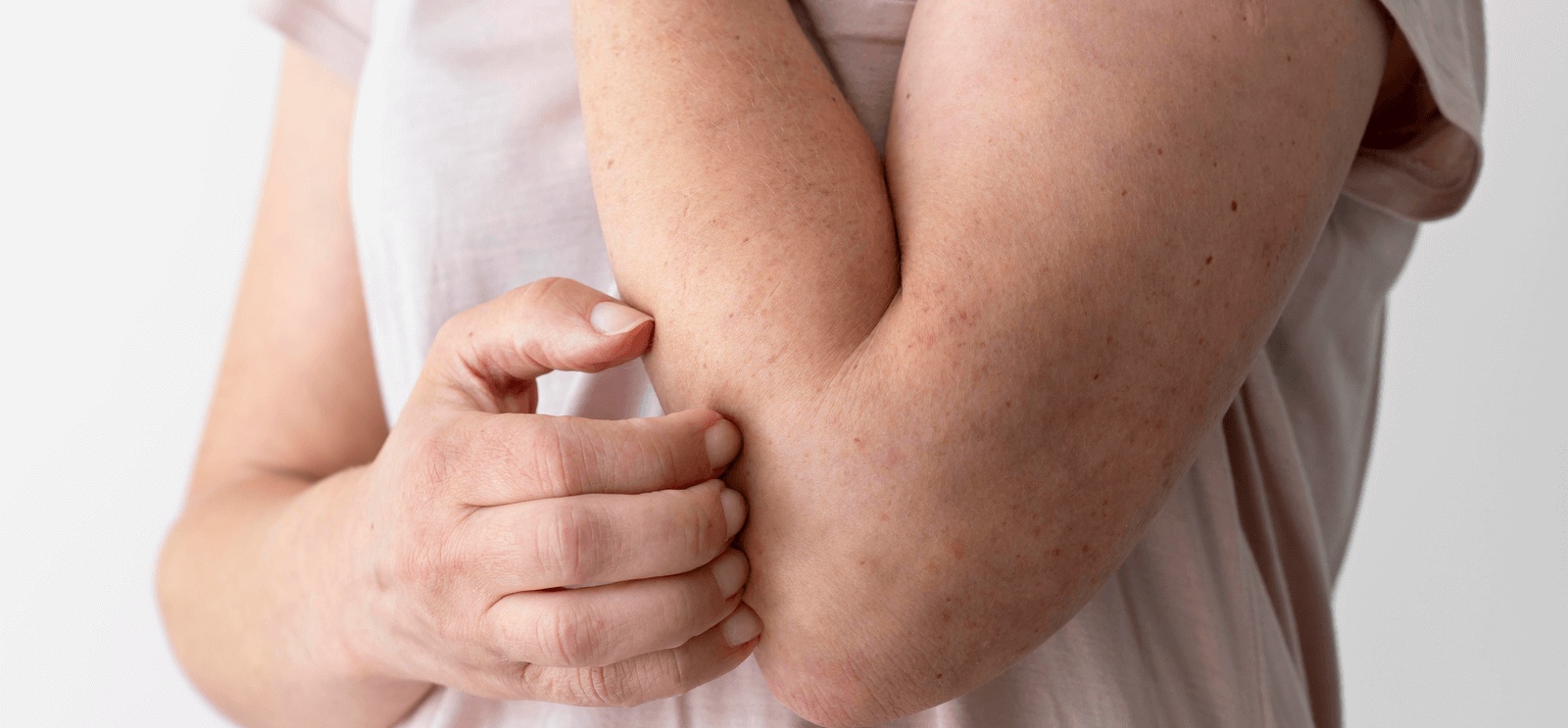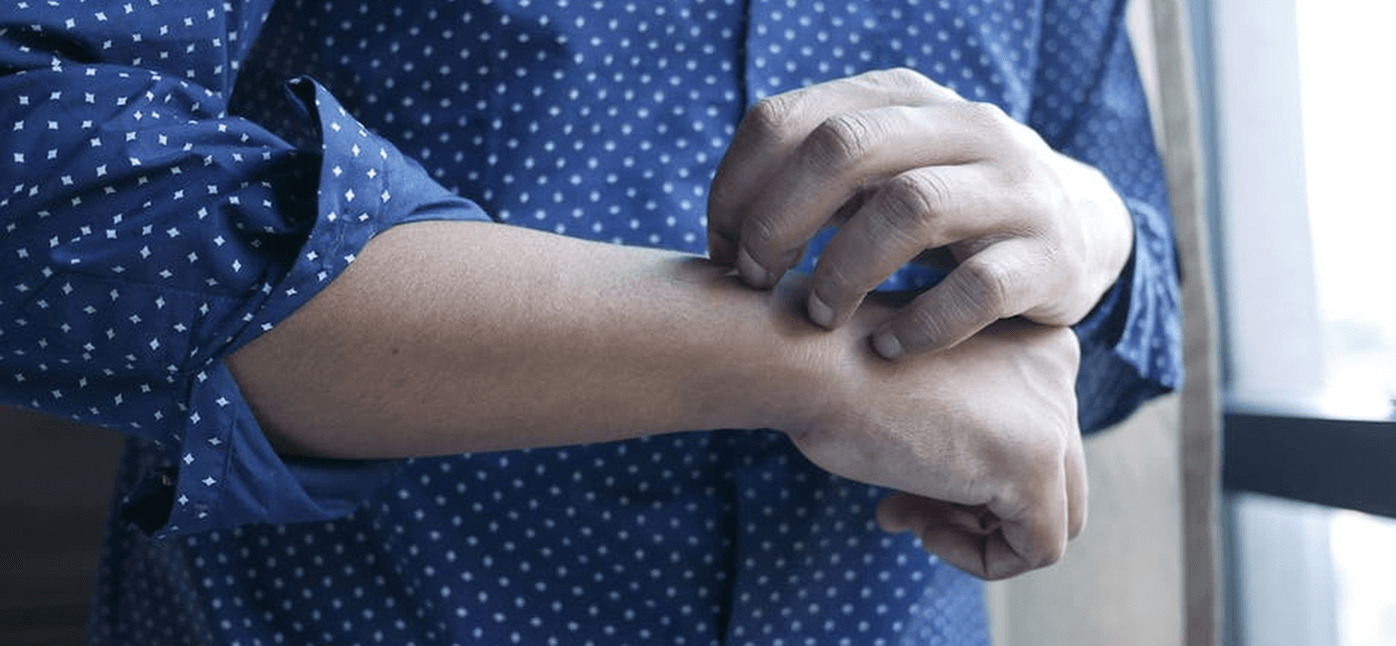Rosy cheeks may look harmless, but when the redness doesn’t fade, it could be more than a natural flush; it could be rosacea. This chronic skin condition affects an estimated 16 million Americans, yet many people mistake it for acne, sunburn, or even just sensitive skin. Without treatment, rosacea can progress over time, leading to persistent redness, visible blood vessels, and uncomfortable flare-ups.
Understanding the early signs is key because the sooner rosacea is recognized, the sooner you can explore treatment options to protect your skin. Read on to learn more about recognizing rosacea and where to find the best rosacea treatment specialist in Bend, OR.
Common Causes of Rosacea
Rosacea is a long-term inflammatory skin condition that usually shows up on the face with persistent redness, visible blood vessels, and, in some cases, small bumps or irritation that feel a lot like acne.
Dermatologists still don’t know exactly why some people develop rosacea, but research suggests a combination of factors, including family history, the immune system's response to specific triggers, and environmental changes. Everyday things like spending time in the sun, drinking hot coffee or alcohol, or going through stressful moments can make symptoms worse and cause noticeable flare-ups.
Because rosacea can resemble other skin issues, it’s often misdiagnosed or dismissed as sensitive skin. However, obtaining the proper diagnosis and treatment is crucial for preventing it from worsening.
Early Signs and Symptoms of Rosacea
One of the earliest symptoms of rosacea is a redness that lingers. Most often this occurs on the cheeks, nose, chin, or forehead, and doesn’t fade the way normal flushing does. Over time, small blood vessels may become visible just beneath the skin’s surface, giving the face a blotchy or sunburned look.
Many people also describe their skin as unusually sensitive, with burning, stinging, or irritation that shows up long before any bumps or larger flare-ups appear. These subtle changes can be easy to overlook at first, but paying attention to them early can make a significant difference in getting rosacea under control before it becomes more noticeable or uncomfortable.
Are Your Flushed Cheeks Rosacea or Just Sensitive Skin?
Telling the difference between rosacea and simply having sensitive skin can be tricky, but there are a few key signs to look for:
- With rosacea, redness tends to stick around and gradually get worse if it’s not treated, while sensitive skin usually calms down once you stop using the product or ingredient that caused the reaction.
- Sensitive skin flare-ups come and go, but rosacea often feels more permanent and doesn’t fully clear on its own.
If you’re unsure, the best step is to see the best dermatologist in Bend, who can carefully evaluate your skin and determine whether the redness is due to rosacea, skin allergies, or another condition that might look similar, like contact dermatitis or perioral dermatitis.
Can Rosacea Be Cured?
While there’s currently no cure for rosacea, the good news is that it can be managed successfully with the right care and habits. Dermatology clinics often prescribe topical creams or oral medications to calm inflammation and reduce redness, helping keep flare-ups under control. For people concerned with visible blood vessels or more stubborn redness, laser or light-based therapies can make a noticeable difference in skin appearance. Along with medical treatment, making small lifestyle adjustments, like avoiding known triggers, can go a long way in keeping symptoms in check and helping you feel more confident in your skin.
What Triggers Rosacea Flare-Ups?
Rosacea flare-ups are often sparked by everyday things, which makes learning your personal triggers especially important. Common culprits include:
- Sun exposure
- Hot weather
- Spicy foods
- Alcohol
- Caffeine
- Stress
- Harsh skincare products, especially those with alcohol, fragrance, or strong exfoliants
Because triggers vary from person to person, keeping a simple flare-up diary can be a helpful way to track when symptoms appear and what might have caused them. Over time, this makes it easier to spot patterns, avoid problem triggers, and keep your skin calmer and more comfortable.
What is the Best Skincare Routine for Rosacea?
The best skincare routine for rosacea focuses on keeping the skin calm, protected, and free from irritation. Gentle, fragrance-free cleansers and moisturizers made for sensitive skin are key, since they hydrate without adding harsh ingredients that can trigger flare-ups. Just as important is applying a daily broad-spectrum sunscreen, because UV rays are one of the most common and damaging triggers for rosacea. When it comes to cleansing, avoid scrubbing or using abrasive exfoliants, as rough treatment can make redness and irritation worse. If you need the best female dermatologist to address your unique concerns, Amy Snow is here to help!
Finding the Best Rosacea Treatment in Bend, OR
We know that living with rosacea is important for restoring comfort and confidence in your own skin. That’s why we take a personalized approach to every patient, using the latest dermatology advancements and state-of-the-art technology to create care plans that truly work for your lifestyle.
If you’re searching for the best dermatologist in Bend, Amy Snow, PA-C, blends medical expertise with a warm, attentive style of care that makes you feel supported at every step. If you're looking for the best dermatologist in Bend, OR, we offer high-end dermatology services to meet your needs, whether through advanced treatments, tailored skincare guidance, or concierge-level attention.
Ready to achieve lasting relief from rosacea with the best rosacea treatment in Bend, OR?


.svg)













